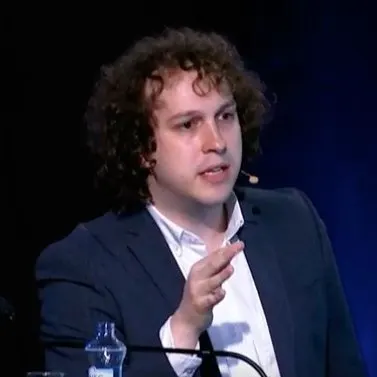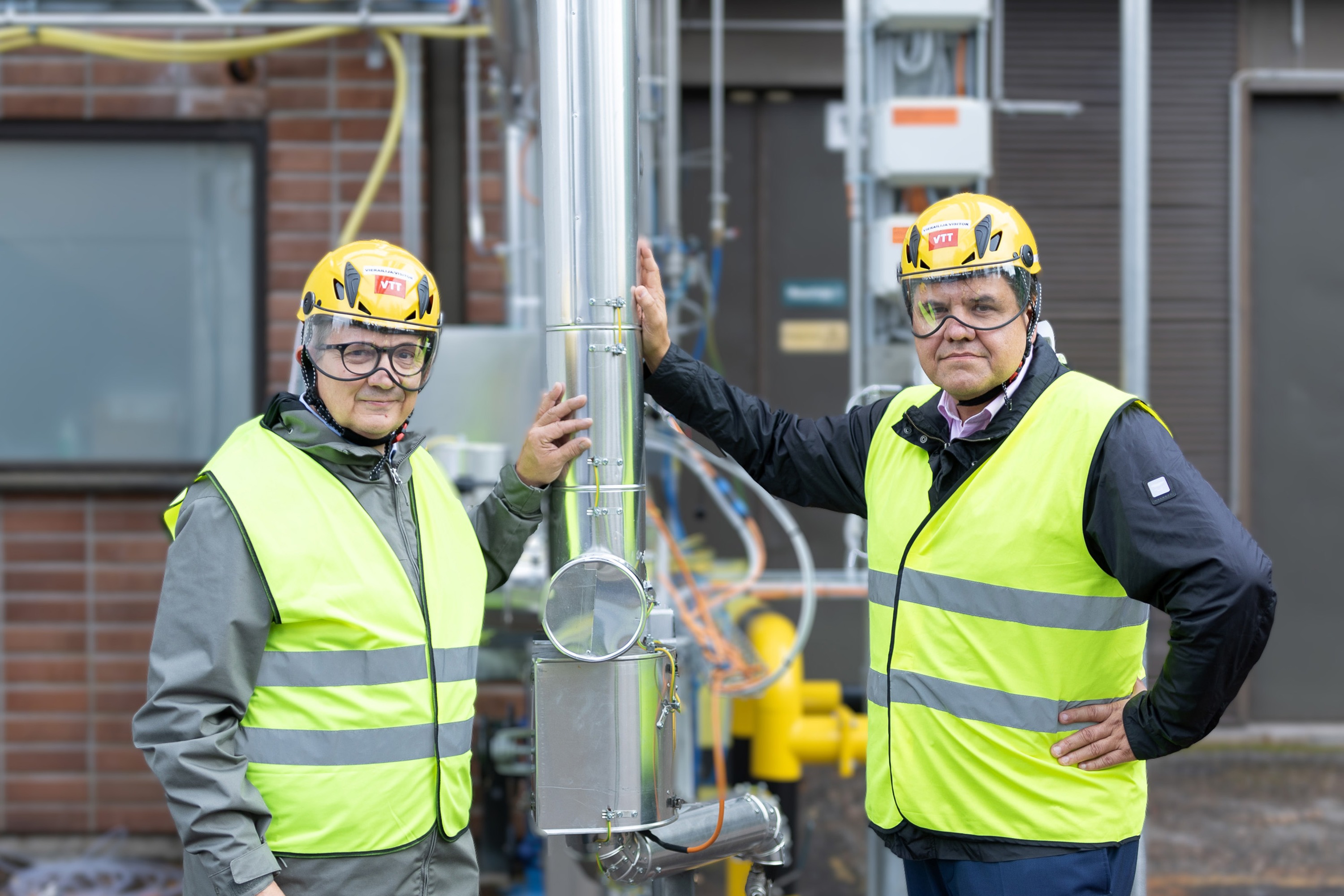
Innovation
6 minute read
How you can become an innovator – 5 tips to get you started
Innovation is crucial for companies looking to stay ahead of their competition. But how to get started? Here we zoom in on the methods, routines and best practices that help overcome innovator’s block.
It’s the biggest hurdle for many businesses and entrepreneurs; the talent and the interest may all be there but figuring out the next big idea that can propel a company from the also-rans to the head of the table is difficult. Innovation is something that people talk about plenty, but few people can actually enact.
Innovation needs to be fostered as a continuous process, and that comes from a company-wide culture that has systems in place to not only encourage and support idea-generation but also to then robustly test and finally nurture the best ones to take them to the next level.
This is something Neste, a global market leader in renewable fuels, knows a lot about. Innovative solutions, like NEXBTL technology, that can refine renewable and circular waste and residues into premium-quality products have propelled the company to be the largest producer of renewable diesel and sustainable aviation fuel in the world.
This has not happened by chance. Future-facing thinking is what has helped keep the company on the cutting edge of development and enables it to develop new technologies that revolutionize the world of fuels, polymers and chemicals.
To better understand how you too can consistently and successfully shoot for the stars with your ideas, two inspiring Neste innovators share their best tips for getting in an innovative state of mind, ensuring ideas are free-flowing, rather than gummed up in the machine.
Tip 1: Carefully define your problem…
“It’s not my invention and someone said it first a long, long time ago,” admits Johanna Fräki, Head of Open Innovation and Innovation Marketing at Neste. “But it’s important. ‘If you have one hour’s time to innovate, you should spend 55 minutes defining the problem, and only five minutes defining the solution.”
Too often – including at Neste – engineers and technically-minded workers will think of an innovation that is a great leap forward, producing a solution… but not identifying the problem that technology is trying to fix.
Thinking of the problem is a challenge in itself. Generalized thoughts about problems aren’t good enough. You need to think about whose problem it is, why they’re having that problem, and what they’re trying to achieve when they encounter that problem. “From that kind of framework, that is very well thought through, it's much easier to start brainstorming for solutions,” says Fräki.
Tip 2: …But embrace uncertainty
“I think the first thing to acknowledge is you need to be comfortable with uncertainties,” says Ajimufti Azhari, Business Development Manager, Renewable Hydrogen at Neste. “That’s what innovation is. There’s always a missing piece.”
Either the market isn’t quite ready for your great new invention, or the value chain hasn’t quite formed around your concept. Not shying away from that, and instead acknowledging and embracing it, is key to successful innovation, says Azhari.
"If we get stuck with today's status quo, innovation rarely survives. Build scenarios on how the market and trends will develop, weigh different risks and opportunities. We need to envision what kind of trends and business environments need to happen for innovation to thrive," he says.
Tip 3: Devote enough time to innovation
When businesses are thriving, it can be difficult to take the time to step back and think about the way ahead. Likewise, when times are tough, all your attention and effort is devoted to getting things back on course. But without enough resources, innovation can never happen. “Renewing oneself and creating new business ideas and technologies – or even improving existing processes – is vital for a company’s survival,” says Fräki.
Google famously allows employees to set aside 20% of their work time to come up with new ideas - the moon-shot thinking that can rejuvenate a business. Neste has previously tested something similar and continues to look for ways to ensure that time required for innovation is ring-fenced in some way. Fräki says: “We’re experimenting with how it’ll work if we just allocate time for people to work on innovations, new ideas and new projects.”
Tip 4: Get out of your silo…
It’s important that innovation doesn’t happen in isolation. Outside influences must be monitored to see how it could affect your chosen sector.
“Following trends and what's happening in the world is important,” says Fräki. “What's happening in technology, obviously, what are other companies doing, what kind of start-ups are popping up? What kind of solutions do they have, and what kind of problems do they identify? What are they telling me?”
Time spent on thinking solely about your idea can lead to tunnel vision – so it’s important to break out of that silo every so often. Monitoring conferences, advances in research and the general conversation around a sector can help. “People, regardless of how busy they are, should go and get exposed to these and not stay in the lab or in the ivory tower for too long,” she says.
Fräki also points out that the horizons of opportunity for any new innovation are further improved with a collaborative approach, working together with representatives from other companies and even across industries.
Tip 5: …And bring in outside voices
Introducing multiple stakeholders into the early stages of the development of a new technology means that the proof of concept is probed correctly – to breaking point. If it survives, it’s likely to thrive.
One of the key elements to Neste’s excellence in innovation is their willingness to cross boundaries within the business. While 25% of Neste personnel are dedicated to innovation and engineering to explore, evaluate and develop new ideas, the company also makes sure any ideas are tested across the company at different stages of development.
“We always try to include multiple disciplines starting from the beginning,” says Azhari.
That doesn’t mean proactively sabotaging any ideas but instead introducing a healthy dose of skepticism into the process of developing new ideas, stress-testing them from different points of view. “It's a really good process to look at each innovation idea,” he says. “Before we take it forward, you kind of filter it continuously from different angles.”
It also means that you’re less likely to dwell on ideas that are almost all the way to being marketable, but have a fatal flaw.
Overall, innovation is a result of long-term hard work, development and perseverance - but with a carefully laid out process your idea could very well be on its way to be the next big thing!
Credits: Chris Stokel-Walker, author, speaker and journalist whose work has appeared in BBC News, The New York Times and WIRED UK.





